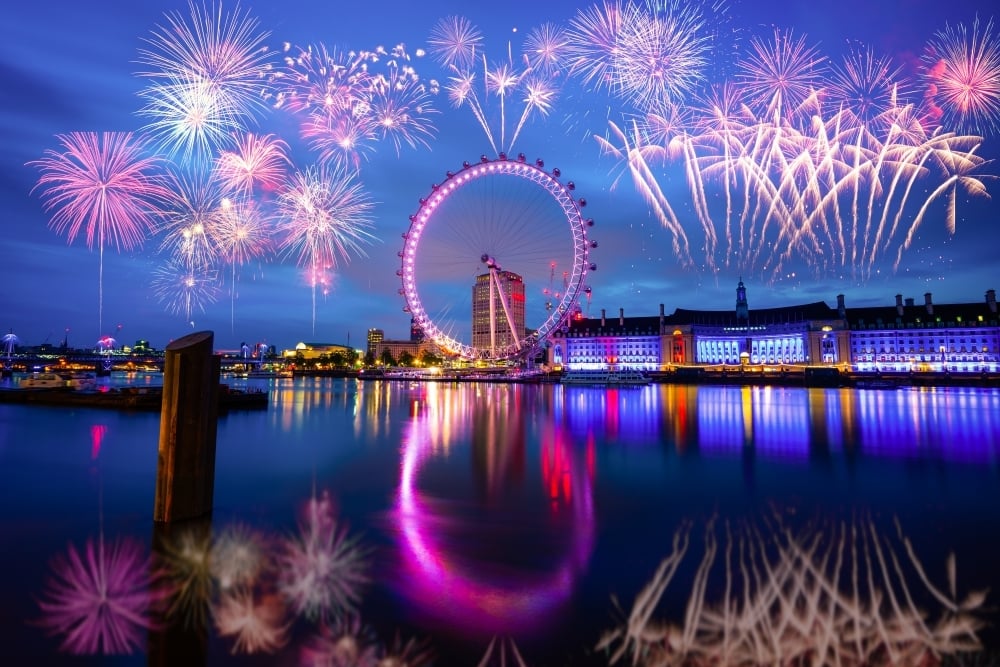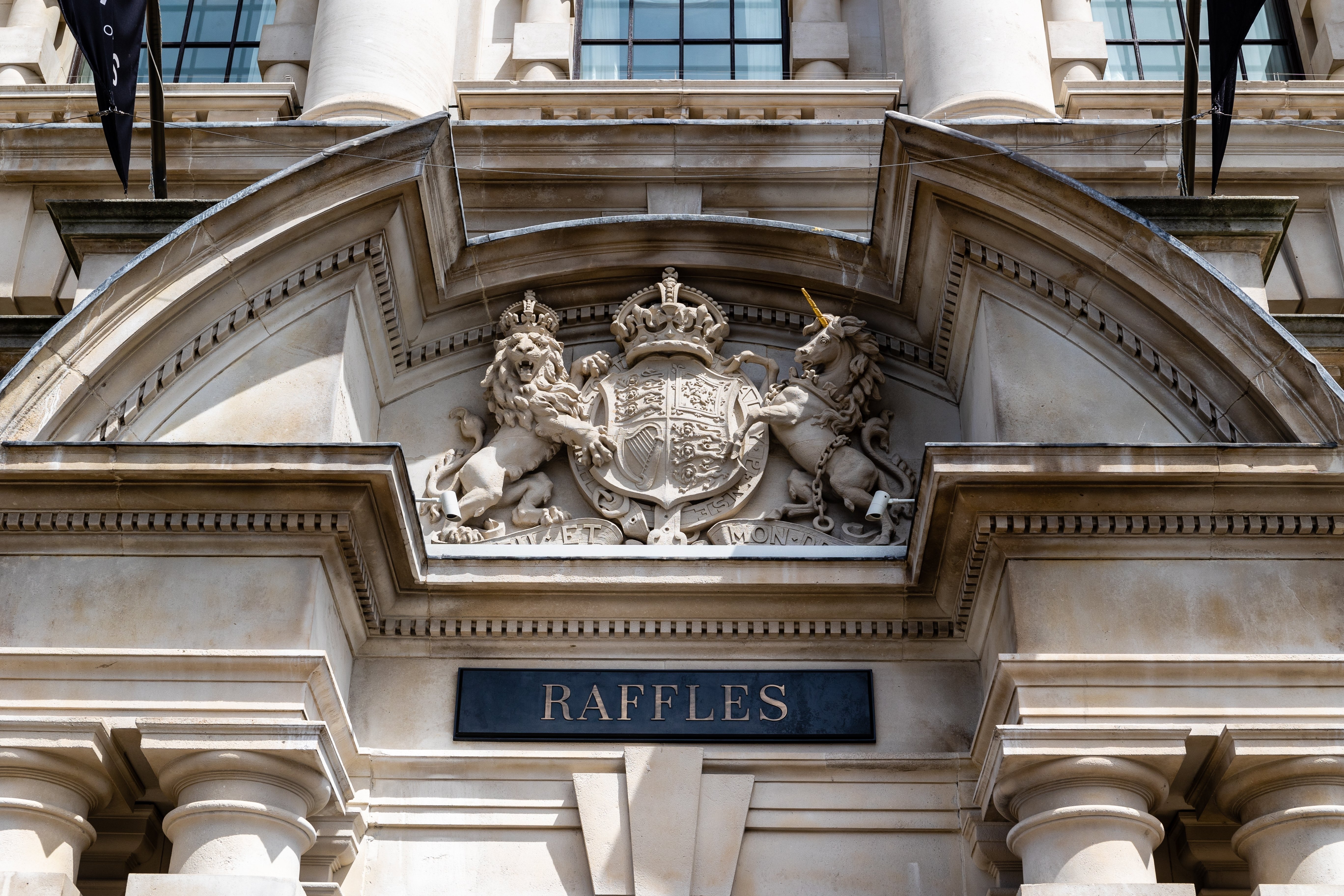The Best Seaside Towns Near London
The city of London is fortunate to have fantastic access and connections to some of the greatest seaside resorts in all of the UK. As the population of the capital grew at an extraordinary scale during the Industrial Revolution, working men and women began to look for a haven they could visit for a little while to recharge and rest. They wanted a space to repair, away from the smoke of the factories and the clamour of the docklands on weekend trips or better still, for a few days at a time. The arrival of the passenger steam train opened up a whole new world of destinations to explore, and very soon, entire industries appeared around seaside tourism that have continued to develop right up to the modern day.
In 2025, work roles and locations may feel very different, but the same philosophy of finding a moment to take a break from London in a simple and easily accessible way firmly remains. When the ardour and high pace of the capital does get a little too much, these places offer the perfect respite for a break with the open air and sea breeze close enough for an impromptu trip at any time. Here is our guide to the best seaside towns to visit that are close to London and simple to travel to.

Deal
Kent
In Deal, the ending romance and drama of a town full of smuggling history is definitely part of its charm for Londoners wanting to escape the capital. Direct high-speed train links here take around 90 minutes and travelling on the roads should only take around 30 minutes longer. This is where the North Sea meets the English Channel and the town maintains a pleasant nod to centuries of history from Deal Castle above – built by Henry VII as an impressive coastal Tudor Fortress – to Deal Pier that stretches out into the water as a representation of the post-war tourism boom in the UK.
The winding shingle beach offers waters that are generally rather calm and as such, are a popular destination for anglers, swimmers in all weathers and kayak enthusiasts too. For accommodation, there is a collection of wonderful boutique hotels such as The Rose, a sympathetically restored Victorian Pub with just 8 rooms all decked out with playful interior design in a warm and homely style. For those among us looking for a location that manages to maintain a mix of cultural interest, fantastic gastronomy and a wealth of period architecture to gaze upon, this town is the real deal.
Broadstairs
Kent
Again staying well within the 90-minute by rail travel mark, Broadstairs on the Isle of Thanet in Kent was once a busy mediaeval fishing village that later became a fashionable holiday hot spot in the 19th century. The great author Charles Dickens can assume much of the responsibility for this, famously penning parts of his classic, David Copperfield, here and referring to the town as ‘Our English Watering Place’. When considering seaside activities then Broadstairs has visitors spoilt for choice, boasting seven sandy beaches that each hold a distinct character of their own. Viking Bay is perhaps the most family-friendly with its strollable promenade, and the iconic chalk stacks of Botany Bay are always worth the trip out to marvel upon.
Stylish Bed and Breakfasts respond to the discerning traveller very well in Broadstairs, with the personalised service of Belvidere Place becoming a standout choice. The Dickens House Museum and festivals that run through the summer at Victoria Gardens provide more than enough entertainment away from the shore, but it will probably be the stunning clifftop views watching the sun drop into the sea that live longest in the memory after a short break in Broadstairs.
Rye
East Sussex
The 2-hour train journey out to Rye in East Sussex makes it more tempting to plan a long weekend away as opposed to a day trip, but the rewards will make that all worthwhile. A short stroll across the cobbled lanes, looking up at the time weathered and timber-fronted inns of this mediaeval port town is akin to stretching your legs across the pages of history. The famous Mermaid Inn here is around 900 years old, with smuggling cellars and tunnels that stretch underground to nearby buildings, full of tales from its glorious past. Thrillingly, one can even stay here in the immersive rooms that make the most of its reputation while also providing AA rosette status dining in its accompanying restaurant. Just 5 minutes by car from Rye is the rare south coast sight of the sand dunes of Camber Sands that stretch out for almost five miles. As a Site of Specific Scientific Interest, there is plenty of plant life to observe and the opportunity to watch shorebirds feeding along the tideline is never far away. For families, this beach is perhaps the very best place to build sandcastles in all of Sussex, and it should have little ones suitably entertained for hours.
Margate
Kent
Margate has been drawing visitors from all over the country to its sandy shore for almost three centuries. The cafes, ice cream stalls and amusement arcades on the promenade here speak to its Victorian past with a retro charm that is supported by some impressive modern additions and facilities. A train from London St Pancras will get you to Margate in around one hour and twenty minutes, with the road journey stretching to about two hours. Summer in Margate effectively demonstrates why this placepace is so frequently voted as the best seaside destination in all of the country. In many ways, this was the pioneer of UK seaside tourism and through new attractions such as the Turner Contemporary Gallery and live events at the Dreamland Amusement Park, it set the standard for the future too. Examples of accommodations by the sea done in excellent style are now common here. The Fort Road Hotel offers a blend of wonderfully designed interiors and rooftop views that survey the vista of Main Sands in a way unlike any other. With the Parisian-style of nearby wine bar and restaurant Sète offering a dash of quality cuisine to the mix, Margate remains the main contender for the seaside town that has everything in 2025.
As our guide demonstrates, it is easy to see why Londoners regularly flee the city for a few days on the coast. The facilities, attractions and accommodations may have all changed immeasurably since the industrial revolution but there is still something quintessentially English, and very London-like, about taking a trip to the seaside.



